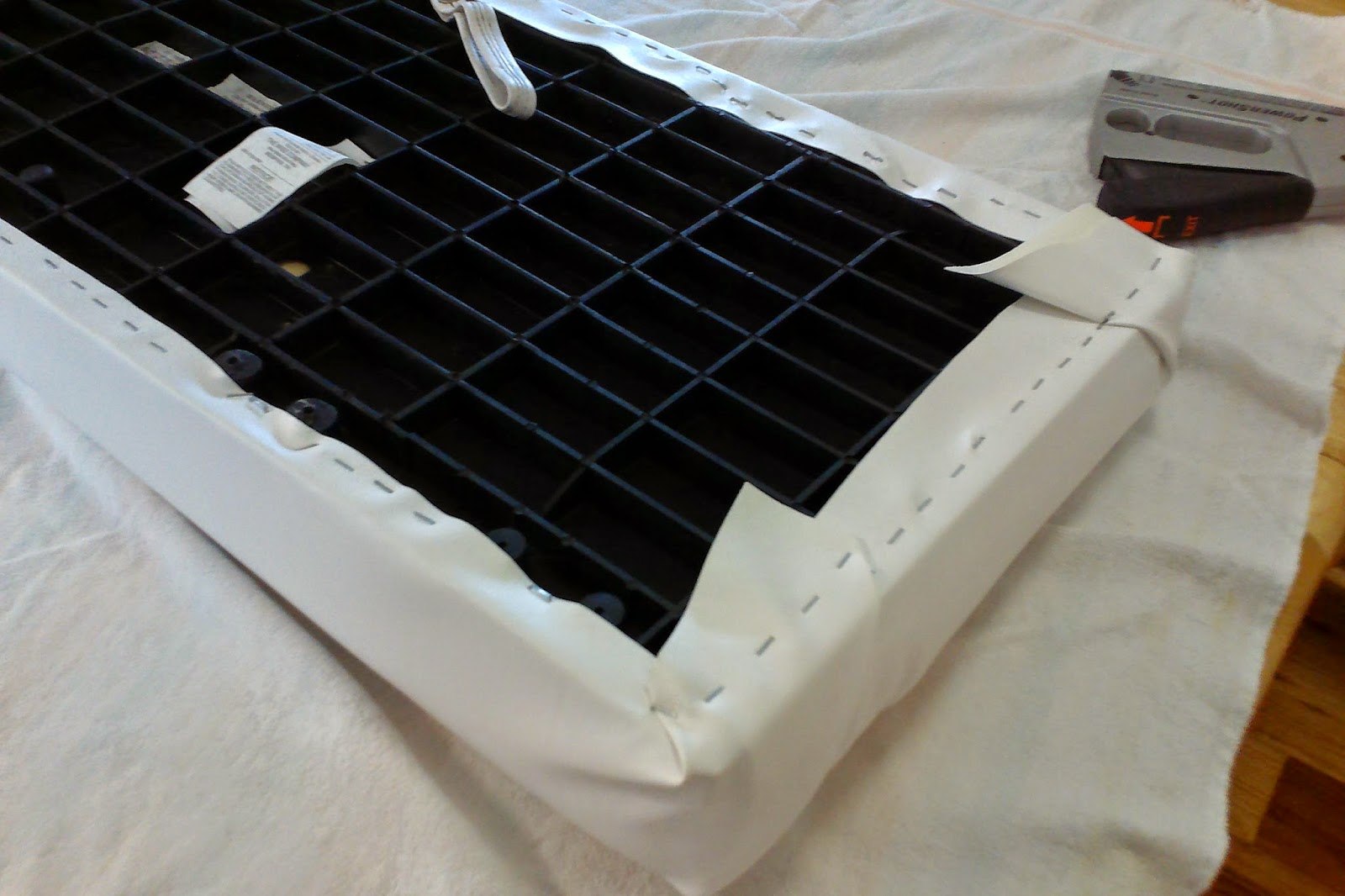While I believe parents can do several things to prepare their children for school and life, for today, I want to concentrate on the importance of building a love for and motivation for reading.
Children are taught explicitly how to read in the early grades, but in the upper elementary grades, the focus changes to using reading to learn other content. And while it is obvious that students need to be good readers to excel in English Language Arts courses, having solid reading skills is also important in the other content areas such as science and social studies.
Reading skills are important to math success as well. Most of us can remember having to do ‘word problems’ when we were in school. Good readers have an easier time understanding what a word problem is asking them to do. With the increased rigor of our current standards, reading competence will provide students with the necessary skills to understand the problems to be solved.
Being a good reader and being motivated to read will also help children (and adults) with their lives after school. Over the years, I have become interested in a topic or needed to know how to do something, and because I am a good reader, I was able to find the information I needed.
So what can parents do to help promote reading? Parenting is difficult, but promoting reading is one of the easier tasks a parent can tackle. There are several things a parent can do, and you may already being doing some of these things.
The first thing to do is provide a home filled with all types of texts - books, magazines, comic books. Those of you who like a super neat house might cringe at this advice because these are the kinds of things that can create clutter. I do not like the clutter either, but I think it is a good trade-off in order to always have something at hand to read. And that is the point - children need to see that reading material is always available to them at home.
And you do not need a separate line item in the family budget for books because you can use your local library, or if you live in a rural place, you might be able to access a bookmobile. When I was growing up, we did not have a local library, but the bookmobile came to our community twice a month. Sometimes my mom would take us into Harmony, where the bookmobile would park in front of the dime store (remember those?). Other times, she would take us over to Mayberry’s store to meet it. It was always a treat for me, and I was able to check out as many books as I could carry. My goal was to make sure that I did not run out of books before our next trip. Mom would always spend time looking for books for her and my dad. My brother and sister would usually check out books, too.
Reading aloud to your young children is another thing that you can do to encourage a love of reading. This needs to be routine. Children need to know that after dinner (or after being tucked into bed or whenever it fits in the daily schedule), mom or dad will be reading to them. While you might not read to older children, it is still important for a reading time to be set aside, when everyone is reading something that interests them.
Children need to see their parents as readers, too. Modelling is a tremendous method for parents to promote and encourage reading. Both of my parents always had books they would read after dinner and before retiring for the evening. I remember my dad reading the paper every day, and he and my mom, and grandpa would often discuss items they had read.
And discussing what you and your children are reading is also a valuable tool. As adults, we receive a lot of pleasure in talking about what we are reading with our friends and family. I do this all the time (they may say I do it too often). If your children are toddlers or pre-school age, talk with them about what you are reading together. If your children are in school, then ask them about the texts they are reading in school, as well what they are reading on their own at home.
In addition, make sure that you talk to your children about YOU are reading. An important skill that students need is the ability to make connections with what they are reading. They need to do this automaticity, so modeling and practice are important. Sometimes what we read reminds of us something else that we have read. If so, talk about that. Sometimes what you are reading reminds you of an experience from your own childhood. Children love those stories, so share them.
To give you some more ideas about how to help your child become a good reader and enjoy different types of text, I created a Planting the Reading Seed flyer listing some ideas. Feel free to share it.
 |
| Some of my books |
I am curious about positive, warm childhood memories that you have about books or reading. Share them with me in the comments section below.













.JPG)
